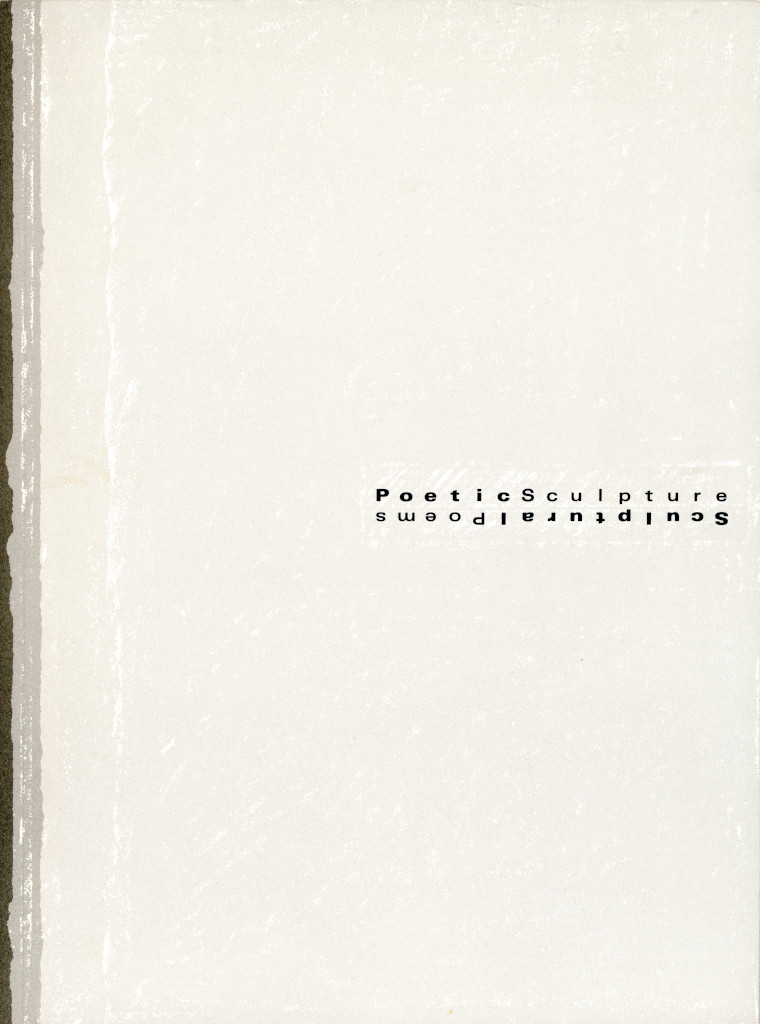In 1991, the book Poetic Sculpture Sculptural Poems appeared. Barbara McClure writes on the initial page, “When James Shipman first approached me about exhibiting his found object sculptures, he described them as ’poems that live inside him’—thus began this project. Since the inception of the sculptural poems, the project has taken on a life of its own which culminates in this portfolio documenting the collaboration of James and the participating poets and photographers. It is with joy and pride that we bring you this portfolio, and hope that it touches the poetry inside each of you.”
Seth Dickerson describes the photographs. “They are neither documentations of the sculptures, nor visual equivalents of the poems. They are a response to both, together: a representation of a confluence of thought.”
James Shipman tells, “The sculptures in this collaboration are from my subsconscious and our physical environment.”
He writes of being curious how people perceive what he perceives, and writes of poets and photographers having exceptional perception. “Through their interpretations, I have been able to see much more of myself. For this I am forever grateful.”
The conscious and the subconscious blend in the pages of this book. The found sculptures become the beginning for the journeys recorded by the photographers and poets.
On one page is a poem. Could be the recto page, could be the verso page. On the facing page is a photograph.
The moods, the words, the hinted sculptural background carried over a distance that formed Lynne Gawlas’ poem “Like Love,” are photographed and evoked by Leonard Leibowitz in a series of overlapping portraits in a collage form.
Yun Wang in "Translation" writes of memory, of the summer, of rain and colors and a solitary monument standing. Jon Eberle photographs Yun Wang in deep meditation or concentration while facing the sculpture.
The cover of the book evokes handmade paper. The typefaces vary. This book is about possibilities. The graphic design is exciting without being overbearing. The printing and binding are excellent. A lot of care went into this book.
The Carson Street Gallery, Albert Goldsmith, Dale McNutt, Hoechstetter Printing, Pittsburgh Poetry Exchange, Harry Shaw, Ship Art, The Thomas and Dorothy Szep Foundation, and the William F. Versaw Family all helped to support the project.
Design and Production: Dale McNutt/MRG Productions
Typography: Phoenix Typographers Inc.
Printing and Binding: Hoechstetter Printing Company Inc.
